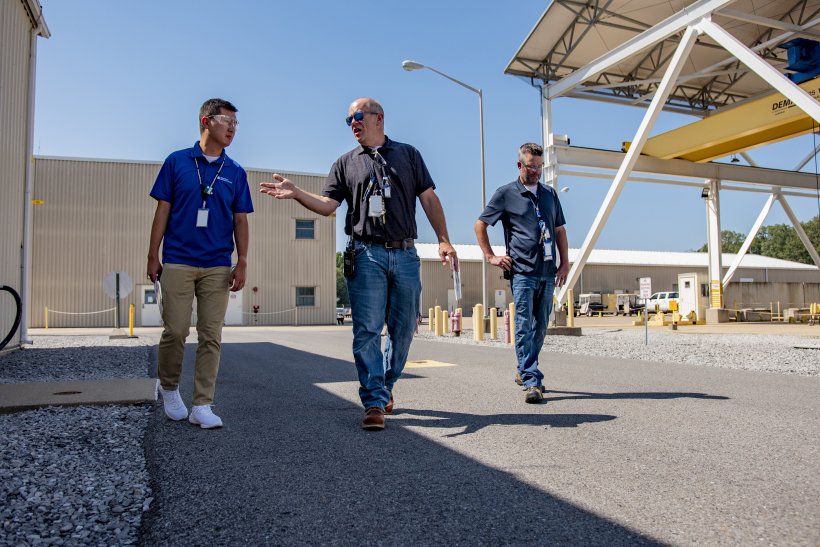Tell us about your background and how you developed an interest in your field?
I grew up in China, where I went to a college known for science and technology. My major was fluid mechanics, which covered classical aerodynamics and computational fluid mechanics of aircraft. After I graduated from college, I became more interested in fluid mechanics in the body, especially those related to disease. To pursue this goal, I went to the Department of Biomedical Engineering at Duke University for a Ph.D. There, I studied the transport phenomena in solid tumors. Since then, my research has been directed toward developing technologies that can overcome the biological barriers to disease treatment.
What impact would you like to make in terms of helping people and improving quality of life?
In the past few years, I have teamed up with a virologist to develop a hybrid gene delivery platform that combines magnetic nanoparticles with a viral vector derived from an insect virus. Engineered viral vectors are known to efficiently transduce mammalian cells. This hybrid system further adds controllability to the viral vectors by coupling them with magnetic nanomaterials that respond to external stimuli. We have shown that this system facilitates controllable in vivo genome editing. The study was highlighted in Science Translational Medicine and Nature Biomedical Engineering. I hope this platform can provide a cure for many genetic diseases—including cancer—since it has the potential to efficiently and safely modify disease-related genes in the patient’s body.
What are your greatest challenges?
The major challenge for me is to assemble a multidisciplinary team. The research projects I am working on require expertise ranging from material synthesis, nanophysics, molecular cloning, virology to cancer immunology. I am seeking highly motivated and open-minded researchers to help me realize the promise of these projects.
You have been awarded a major research grant from the National Institutes of Health (NIH). What do you hope to achieve with it?
My project, which involves collaborators at the University of Texas, aims to develop a therapeutic genome editing system, which packages the CRISPR/Cas9 system within baculoviral vectors (BV) and magnetic iron oxide nanoparticles (MNP). The CRISPR/Cas9 system is an efficient genome editing tool that can induce sequence-specific gene disruption, modification or regulation. But the guide RNA that targets genomic loci can hybridize to DNA sequences containing base mismatches. This would lead to off-target activities and thus genotoxicity. This has been a big hurdle to the clinical translation of the genome-editing technique. Here we combine BV with MNPs so that the activities of the CRISPR/Cas9 system can be controlled by an external magnetic field. We hope this approach will make the CRISPR/Cas9-based genome editing safer and eventually become an option for clinical treatment of genetic disease. In this project, we will use it to target cancer and disrupt its multiple tumor defense mechanisms, thus freeing a cascade of antitumor immune responses. We hope this can help find a cure for cancers that do not respond to current antibody-based immune checkpoint blockade therapies.
How would you like to help students who are interested in biomedical engineering advance their learning and their career?
In my mind, the most important feature of biomedical engineering is to introduce quantitative engineering approaches into biology and medicine. It has two important meanings. The first is to have a clear understanding of the biomedical problems, especially clinically relevant problems. The second is to establish physiologically or pathologically correct models. I wish to help students on these two aspects via my teaching and research mentoring.



